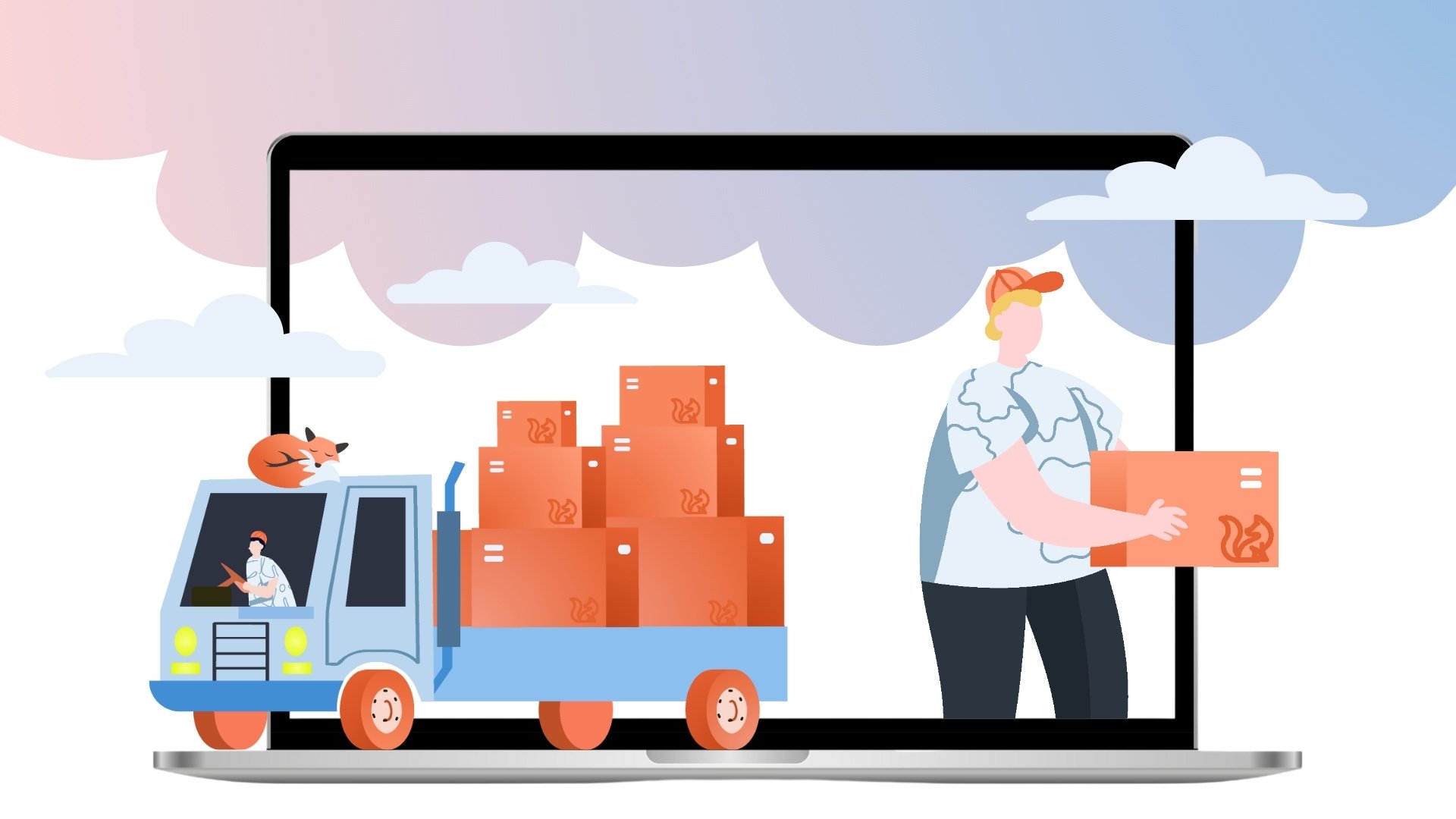UPS, USPS, and FedEx Two Day Shipping Options
Thanks to services like Amazon Prime, many consumers have come to expect extremely prompt shipping options. Even if it isn't free, having express...
.png)
Shipping isn’t cheap. In fact, it can be one of the major barriers to entry for small businesses that want to start an eCommerce branch. But, how is shipping calculated? Is flat-rate better than calculated shipping? And how can you lower your shipping costs? Today we’re answering your questions on all things shipping.
There are three main types of shipping rates you’ll see from major shipping providers:
There are benefits and drawbacks to each shipping type. To determine the best type of shipping for your company, you’ll need to look at a variety of factors, including size, order volume, product types, and bargaining power. And, you may end up using both flat-rate and calculated shipping for two different products in your inventory, or for domestic vs. international shipping.
Flat-rate shipping is offered by a number of major shipping carriers. And for many small businesses, it can be a simple solution for regular shipments. Flat-rate shipping provides flat costs based on box size, rather than weight. This means that small but heavy products can be shipped for a fraction of the cost. However, the flip side is that you can likely ship lighter objects cheaper with calculated shipping.
If all of your products are similar in size and weight, pre-purchasing flat-rate shipping boxes can be a great way to save time, hassle, and money. But, always do the math to make sure you’re actually getting a good deal by choosing flat-rate.
Free shipping has become a standard for the eCommerce world -- but it isn’t truly “free”. Companies typically use product profit margin to pay for shipping costs in order to make them free for the customer.
If a shipping provider offers “free” shipping directly to the company, rather than the consumer, it’s likely too good to be true. Always double-check your contracts before signing. Chances are, “free” shipping just means you’re being overcharged elsewhere, like for packaging or fulfillment. It also may not include tracking or any timeline for delivery.
Calculated shipping is one of the most common methods of shipping pricing. Unlike flat-rate shipping, your costs will be calculated based on aspects of your product. Here are a few of the most common factors that can affect your calculated shipping rate.
Weight is one of the major factors that providers use to calculate shipping costs. This is because shipping barges and planes are usually more limited by weight than they are by size. A heavier package takes up more “real estate” and takes more effort to deliver.
Your package’s dimensions can also factor into your shipping costs. For example, if you have a package that is oversized or an irregular shape, you may end up paying more for your package to ship. Whenever possible, ship your packages in the smallest regular-sized box available.
When you send out a shipment, you’ll often be asked if it contains perishable foods or fragile items. In some instances, this is just so they can add relevant stickers to make sure your package arrives quickly and in one piece. But sometimes, the inclusion of these items can increase your shipping rates.
However, you can also save money based on your package contents, so always be honest about what your package contains. In the case of Media Mail, you can save significantly on shipping costs when you send books, DVDs, CDs, and other forms of media through the USPS.
Distance is another major factor when it comes to calculating shipping prices. While some companies have a flat rate for shipping within the contiguous United States, you will nearly always see a jump in price when you ship internationally. This is because of the extensive process required to ship goods to another country.
The shipping speed your package requires can also add to your shipping costs. You’ll typically pay more if you select two day shipping, and even more to overnight a package. This can also compound rates for perishable and cold items that need to ship quickly before they spoil or melt.
You might feel like shipping carriers have all the power and that you can’t do much to change your shipping rates. However, there are a few things you can try to reduce your shipping costs. Their effectiveness will depend on your shipping volume, reputation, and overall bargaining power.
Many people don’t know that shipping rates are negotiable. If you’re sending a single package, you’re unlikely to have any bargaining power. However, if you’re a business sending out a significant volume of packages each week, you can ask about lower rates.
The problem with negotiating shipping rates is that it is hard to know when you’ve gotten a good deal. Companies don’t often post how much they pay for shipping, just how much they expect the customer to pay. You may have your costs cut by 5% only to find out later that a competitor was paying half of what you were.
If you want help negotiating your costs from a knowledgeable, trusted source, you may want to consider working with a third-party logistics company. They negotiate shipping for all sizes of businesses across a wide variety of industries. This means they’ll have a better way to measure and gauge if you’re getting a good deal -– and they’ll do all the negotiating for you.
Part of negotiating your shipping rates is being willing to walk away if you don’t get a rate you like. Having ongoing relationships with multiple carriers can help give you bargaining power to get a more reasonable price.
Maintaining these relationships can be time-consuming, and if you are a small business, you may not have enough weight to get a considerable discount. For these reasons, many people opt to partner with a third-party logistics company to negotiate on their behalf with several carriers.

Thanks to services like Amazon Prime, many consumers have come to expect extremely prompt shipping options. Even if it isn't free, having express...
.png)
Split shipments can help save you logistical headaches. But they can also inconvenience and frustrate your customers. Learn how to avoid being forced...

Shipping and delivery are interchangeable terms, right? These two terms are used all the time, especially if you are a frequent online shopper or...